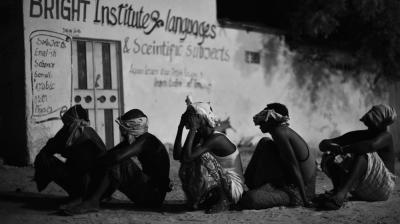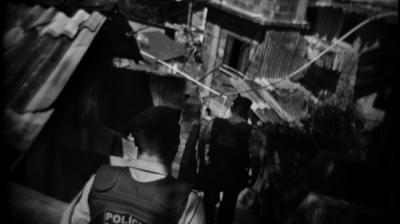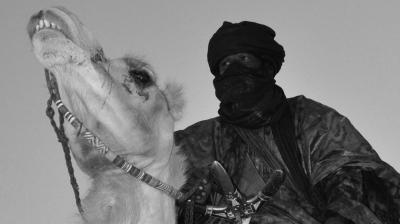Can non-conventional armed violence be regulated?
The primary role of international law in situations of massive violence is to channel and contain the use of force. However, non-conventional armed violence, particularly when this involves criminalised violence outside or on the margins of traditional armed conflict, is an area in which the law encounters numerous obstacles.
This paper discusses the limits and constraints on conventional international law, primarily human rights and humanitarian law, when it is presumed to apply to the tribes, thugs and terrorists who underpin much of what is understood as non-conventional armed violence. In so doing, it draws heavily on analysis of the patterns of armed violence prevalent in Iraq and Syria in recent years, when attacks by tribes and terrorists (the precursors to the Islamic State of Iraq and the Levant) increased as a result of the inability of state authorities to exercise the monopoly of force and to control territory.
The brutality of organised crime in Latin America has likewise raised questions about the appropriateness and effectiveness of military responses, and has led to calls for new forms of humanitarian control over criminal groups. Drawing on these examples, the article considers how international law has adapted to new forms of violence in recent decades, and, on the basis of empirical evidence, highlights the most important impediments to more comprehensive international regulation of non-conventional armed violence.








